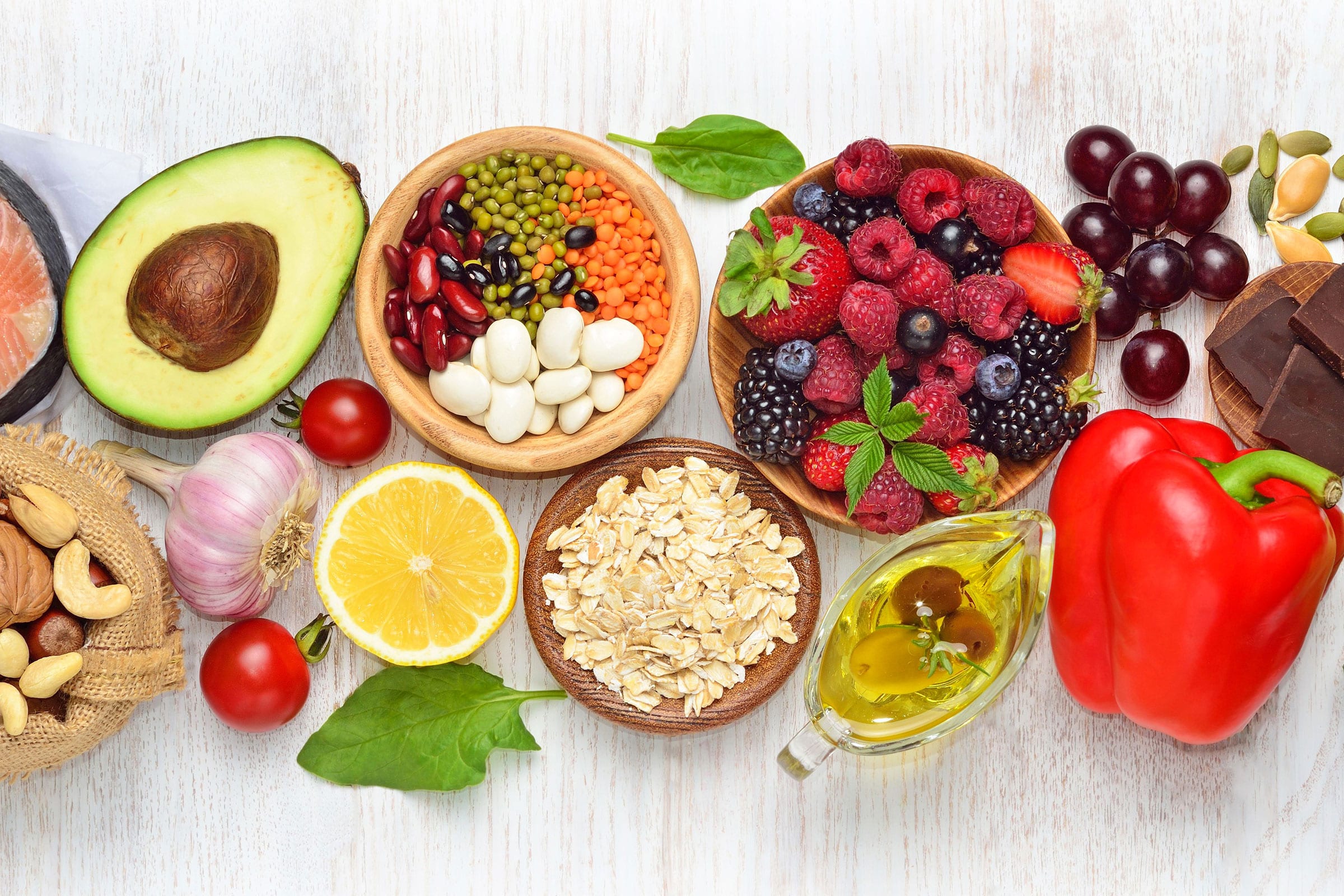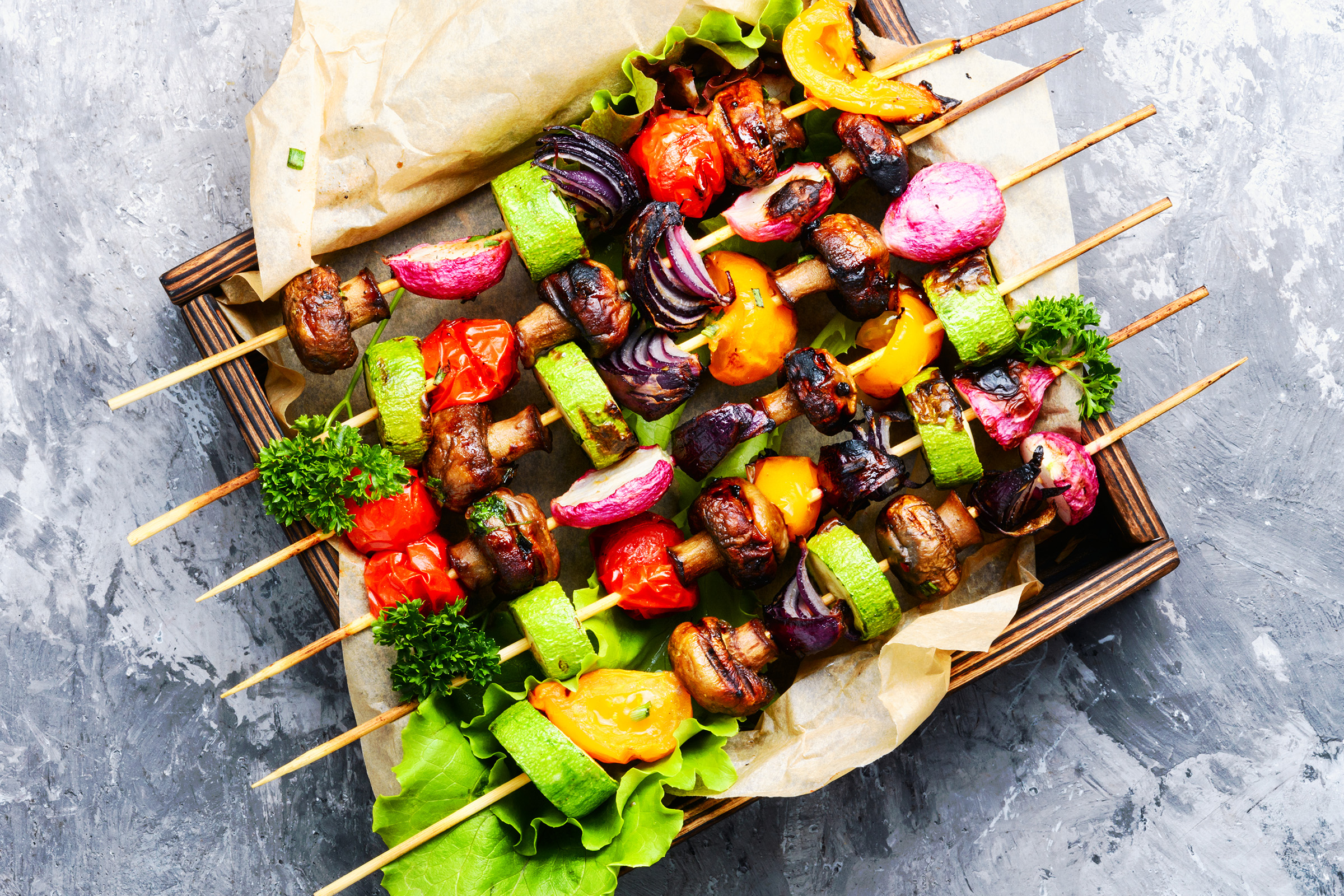The Question:
Help! I need creative lunch ideas for back to school. What do you recommend for a healthy school lunch?
Meg’s Response:
Packing lunch for your child — every single day — can be a challenge. And a chore! You want to provide nutritious food to fuel your child’s brain, but at the same time, you want your child to actually eat what you pack, right?
Here are my tips for healthy school lunches:
- Get your child involved: Make a back-to-school trip to the grocery store to pick out a few healthy school lunch items. Have your child pick one or two items from each section of the grocery store that he or she would enjoy in school lunch. If you leave the store with 2 fruits, 2 veggies, 2 meat/bean foods, 2 dairy foods and 2 grain foods that your child enjoys, that will help to ensure that your child will enjoy what you pack.
- Have fun: Use cookie cutters to cut foods into fun and appealing shapes. Not a creative type? Find fun, reusable lunch containers in bright colors that will make lunch seem more…. ENTERTAINING!
- Go for the nibble tray: Instead of packing a sandwich, pack a nibble tray! Find a reusable container with lots of small compartments, and fill each compartment with something different. Kids love variety! Include cream cheese, hummus, SunButter, bean dip, salsa, guacamole and other fun dips and spreads along with fruits and veggies to dip. Add a baggie of whole wheat crackers or a slice of multigrain bread on the side for some healthy whole grains.
- Don’t feel guilty about combining healthy convenient foods with foods that you prepare from home. What do I mean when I say that? It is ok to purchase items like individual portion hummus cups, guacamole, and bean dips and pair those with baby carrots, grapes, sliced cheese, sliced cucumber circles and some whole-grain crackers for a “snacky” lunch. These “short cuts” can help to provide a healthy – and quick to assemble – lunch. What other healthy, but convenient foods can you think of to add to school snacks and lunches?
- Keep portion size in mind. Often times parents think their children aren’t eating enough fruits and veggies. Did you know that the portion size of fruits and veggies for preschoolers and elementary-aged children is 1 tablespoon per year of age? That’s right, so a 5-year old would only need about 4 whole strawberries for a serving a fruit and 10 carrot coins for a serving of veggies.
- Try School Lunch: If there is a meal offered in the cafeteria that your child enjoys, let them buy lunch. It teaches your child how to navigate a public food setting, getting them ready for middle school, high school and college. It also gives your child practice communicating needs and preferences. While school lunches historically have had a reputation of being less than perfect, things have changed. Stop by the school cafeteria and check it out for yourself. And hey – it gives you a break from packing! Can’t beat that.
- Great Nut-Free Options: Food allergies and intolerances are an additional consideration to be made for many families packing school snacks and lunches. Depending on the school’s policy, you may or may not be able to include peanuts and tree nuts. Here is a list of nut-free protein-rich foods that can be packed as a part of a healthy school lunch
Hard-boiled egg
Hummus and other bean dips
Low Fat Greek Yogurt
Edamame
Low Sodium Deli Meat and Cheese roll-ups
Sunbutter (sunflower seed) and Wowbutter (soy nut butter)
Cubed grilled chicken
Beans (chickpeas, black beans, pinto beans, pink beans, white beans)
Cottage Cheese





